- TemplatesTemplates
- Page BuilderPage Builder
- OverviewOverview
- FeaturesFeatures
- Dynamic ContentDynamic Content
- Popup BuilderPopup Builder
- InteractionsInteractions
- Layout BundlesLayout Bundles
- Pre-made BlocksPre-made Blocks
- DocumentationDocumentation
- EasyStoreEasyStore
- ResourcesResources
- DocumentationDocumentation
- ForumsForums
- Live ChatLive Chat
- Ask a QuestionAsk a QuestionGet fast & extensive assistance from our expert support engineers. Ask a question on our Forums, and we will get back to you.
- BlogBlog
- PricingPricing
How to Master Image Optimization for SEO on Joomla Sites
Imagine you’ve spent hours creating a visually stunning website packed with vibrant images. Despite your best efforts, the traffic you expected isn’t coming through.
Search engines need a little helping hand to understand the images on your site and make them more accessible to people searching for relevant content.
This is when image search engine optimization becomes necessary. Optimizing your images isn’t just about making them look good—it’s about helping search engines understand their relevance and value. This process ensures your images are properly formatted and tagged to improve your rankings, boost visibility, and draw more visitors to your website.
Let’s explore some actionable strategies to optimize your images and unlock the full potential of your Joomla website!
Use Original Images With the Appropriate Format
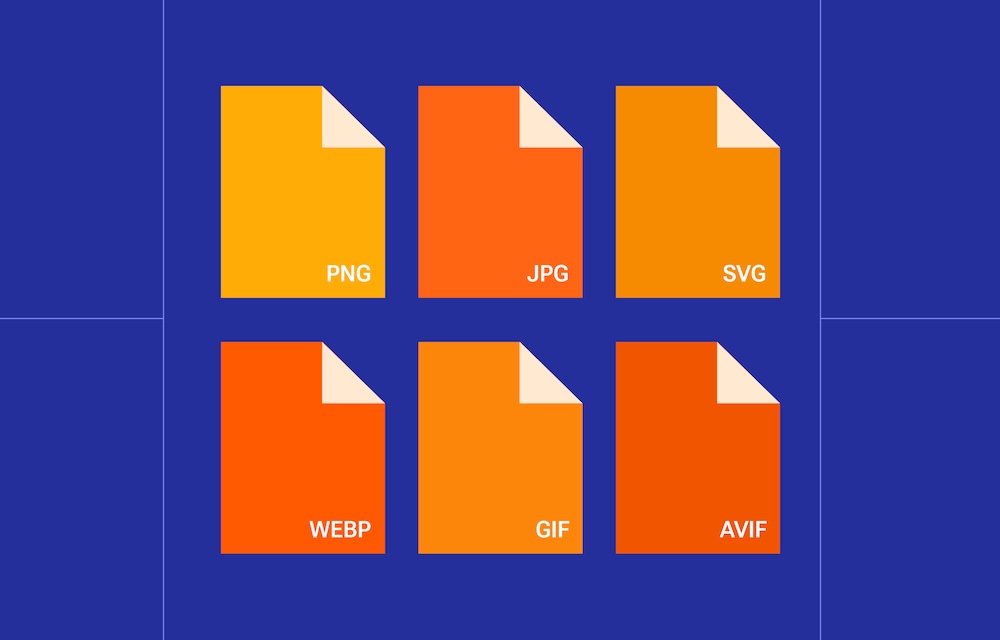
Firstly, it is wise that you always use original images. This helps to differentiate your site from competitors using generic stock photos. Ensure that these images are high-resolution and relevant to the site's theme.
Choose formats based on image use:
- PNG: This format is best for images that require transparency or sharp edges.
- JPEG/JPG: The JPEG or JPG format is ideal for detailed photographs due to efficient compression. It is wise to use this format for most of your static images.
- SVG: This vector format is ideal for logos and icons. SVGs are scalable without losing quality and are easily customizable with CSS or JavaScript.
- WebP: WebP offers superior compression without compromising quality, with broad browser support. You can use these for high-quality images.
- AVIF: AVIF provides even better compression and image quality than WebP but with limited browser support. Use WebP for compatibility and AVIF for maximum compression.
- GIF: GIFs are best for simple animations but less efficient than WebP for complex graphics.
- For Joomla development, SP Page Builder eases the process of uploading and organizing images using the intuitive Media Manager. By using the various image-related addons, you can upload images from any of the aforementioned formats.
Apply SEO-Friendly Image Naming Formats
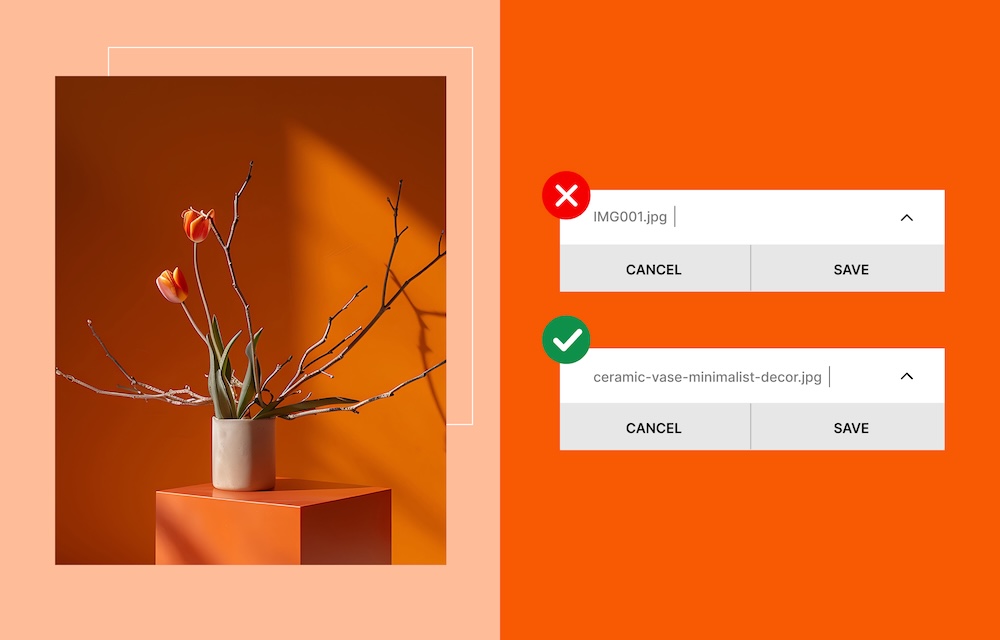
While uploading your images, you need to make sure that you are using the proper naming format for the image files. Clear and descriptive names that contain relevant keywords help search engines interpret and index your images more effectively.
A few important aspects to keep in mind while naming your images include:
- Be Meaningful and Relevant: Ensure that file names reflect the image content while incorporating relevant keywords. For instance, use "gold-diamond-ring.jpg" instead of "IMG001.jpg."
- Use Hyphens: Separate words with hyphens (-) rather than spaces, underscores, or other symbols. Hyphens are more readable for search engines and users alike.
- Keep File Names Lowercase: Always use lowercase letters to avoid inconsistencies across platforms or browsers that may be case-sensitive.
- Consistent Versioning: For multiple versions of the same image, apply clear version numbering, like "how-to-optimize-images-v01.jpg."
- Keep It Concise: File names should be clear yet concise, avoiding keyword stuffing or overly long descriptions.
- Use Alt Text and Descriptions
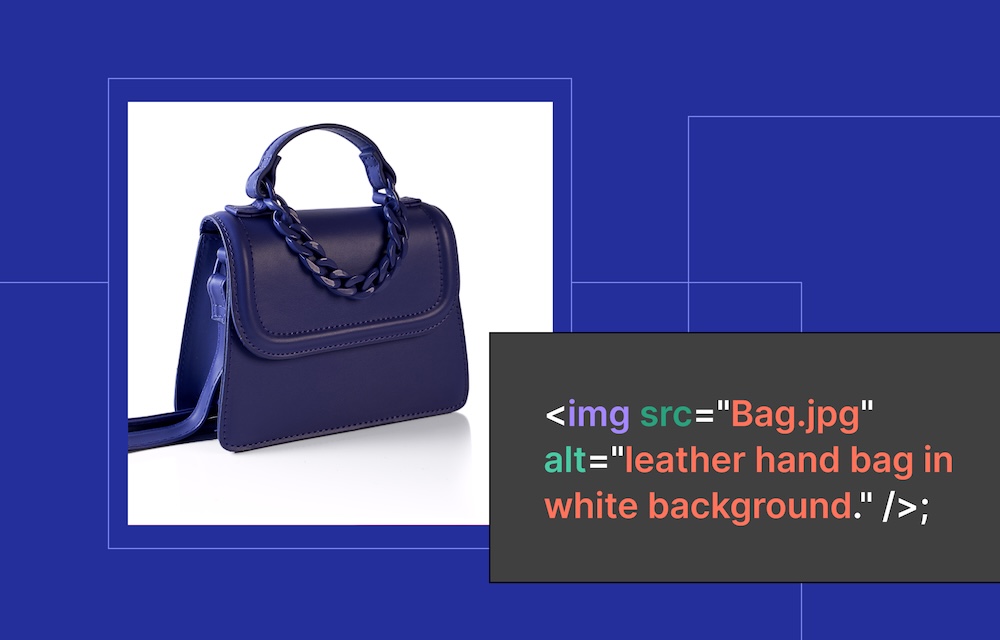
The readability of your images highly depends on the alt text, it defines your image for search engines. Alt text enhances site accessibility for visually impaired users, provides additional context, and improves user engagement.
There are some techniques you can apply to effectively use alt text:
- Describe the image accurately and concisely.
- Include relevant keywords organically without keyword stuffing.
- Avoid generic phrases like “image of” or “picture of” and focus on the content. For example, instead of “Image of jewelry.”, try using “Close-up of hands wearing gold jewelry, highlighting bracelet and ring designs.”
- Include captions or image descriptions to provide additional context, improving content relevance and engagement.
SP Page Builder's image-centric addons empower you to customize alt text with ease, ensuring both accessibility and SEO benefits.
Resize Images to Optimize Load Times

Faster websites provide a better user experience and achieve higher rankings in search engines like Google, especially for mobile users with slower internet connections. To support this, ensure your images are resized and compressed before uploading. Properly optimized images not only improve site performance but also enhance overall engagement and satisfaction.
Some of the benefits of resizing images include:
- Faster Load Times: Resizing images for specific devices reduces file sizes, which speeds up load times by ensuring faster and smoother rendering.
- Reduced Bandwidth Usage: Resizing and compressing images ensures that users, especially those on limited data plans, don’t experience unnecessary data consumption.
- Prevents Layout Shifts: By setting precise image dimensions, you prevent layout shifts that can disrupt the flow of the page.
- Device-Specific Image Resizing: Scaling images for different screen sizes reduces load times and optimizes the user experience across all devices.
Tailor image sizes to different devices by compressing them using tools like TinyPNG, ImageOptim, etc. These tools efficiently compress images without sacrificing quality, ensuring faster load speeds and improved website performance, especially on mobile devices with slower connections.
Use Structured Data
Implementing structured data for your images provides search engines with detailed information and context about the content, improving their chances of appearing in rich results or Google Image Search.
To enhance your images' visibility and performance in search results, you can implement structured data using formats like Schema.org or JSON-LD.
Here's a brief overview of how you can apply structured data and its advantages:
- Use Schema.org Markup: Schema.org allows you to describe images with details like content, creator, license, and related webpage, improving their display in search results and boosting SEO.
- JSON-LD for Easy Integration: JSON-LD offers a simple way to add image metadata, like descriptions and copyright info, without affecting your HTML, improving search rankings.
- Add Specific Details for Image Metadata: Include metadata like image type and creator, making it easier for search engines to interpret the image’s relevance and improve search visibility.
- License and Attribution Information: Adding licensing data helps search engines recognize copyright status or reuse permissions, enhancing visibility, especially for Creative Commons images.
- Link Images to Relevant Pages: Associating images with specific pages or products helps search engines connect visuals to related content, increasing the chances of appearing in image or product searches.
- These methods allow you to provide additional context about your images, making it easier for search engines to understand and categorize them.
Make Images Responsive and Adapt to Different Screens
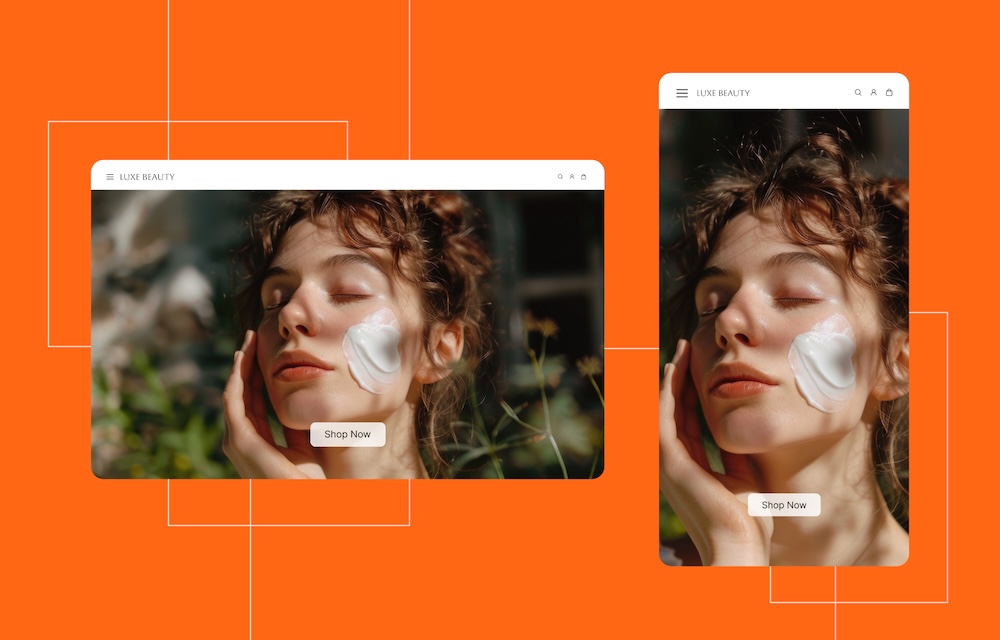
Ensuring your images adjust properly to various screen sizes is crucial for a seamless user experience across all devices. Responsive images help improve site performance, user engagement, and SEO rankings.
A standard practice is to use CSS properties like “max-width: 100%” and “height: auto” to allow images to scale proportionally and adjust smoothly to different screen sizes. This prevents images from overflowing on smaller screens while maintaining their quality and aspect ratio.
SP Page Builder offers an auto-responsive design process. You can easily ensure your images adapt to different mobile, tablet, and desktop screens as the images get dynamically adjusted. You can also set different visibility options for the images based on specific screens.
Implement Lazy Loading
Browsing should feel swift, not sluggish. With lazy loading, your images load only when necessary, so that your site’s visitors don’t get burdened with unwanted delays.
Essentially, instead of loading all images at once when a page is accessed, lazy loading ensures that images load only when they appear in the user’s viewport.
Here are a few ways lazy loading helps in image optimization:
- Improves Page Load Speed: By loading only visible images initially, lazy loading significantly reduces initial page load time, creating a faster and smoother experience for users.
- Reduces Bandwidth Usage: Users only download images they view, conserving their data and reducing server strain.
- Enhances Mobile Performance: Lazy loading ensures optimal performance on mobile devices, especially for users on slower connections.
- Boosts SEO Rankings: Faster page load times improve user experience, which is a critical factor for search engine rankings.
You can easily enable Lazy Load on your Joomla site from the SP Page Builder Configuration settings, without having to modify any code. This will effectively apply lazy loading to the images on your site.
Test Images for Issues
The final and arguably most crucial step for optimizing images for SEO is image testing. It basically allows you to ensure that you have properly implemented all the previous steps.
Below you will find some key ways to test images, as well as the suggested tools that can help you:
- Detect Slow Load Times: Use tools like Google PageSpeed Insights and GTmetrix to identify images causing slow load times and optimization issues, helping you improve site speed.
- Check for Broken Links: Regularly scan for broken image links using website crawlers or browser testing tools to avoid missing visuals and disrupted user experience.
- Test Across Devices and Browsers: Ensure images display correctly on all devices and browsers by using tools like BrowserStack or CrossBrowserTesting to test layout and size.
- Monitor Image Quality: Continuously monitor for image quality issues, such as pixelation, and re-optimize images when necessary.
- Optimize for Mobile: Test image responsiveness on mobile using tools like Google’s Mobile-Friendly Test to ensure a smooth mobile experience.
Summary
To ensure your Joomla website’s images are optimized for SEO, follow these key strategies:
- Select high-resolution, relevant, and appropriately named images in the correct format (PNG, JPEG, SVG, WebP, AVIF, GIF) to ensure compatibility and quality.
- Add concise, keyword-rich alt text and image descriptions to improve accessibility and search engine rankings.
- Compress images and enable lazy loading to enhance load speeds and mobile performance.
- Implement structured data to provide search engines with additional image context, improving visibility in search results.
- Ensure images adjust to different screen sizes.
- Regularly test images for broken links, slow load times, and display issues across devices.
- By following these steps, you’ll significantly improve your image SEO, enhance your site’s performance, and provide a seamless user experience.
By following these steps, you’ll significantly improve your image SEO, enhance your site’s performance, and provide a seamless user experience.
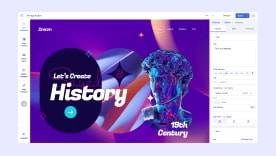

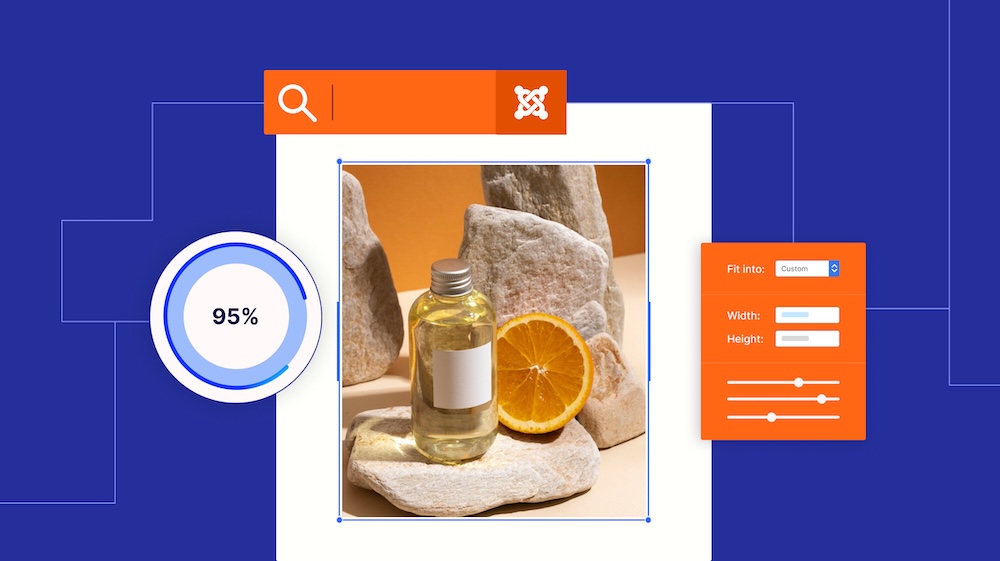
Thanks in advance.